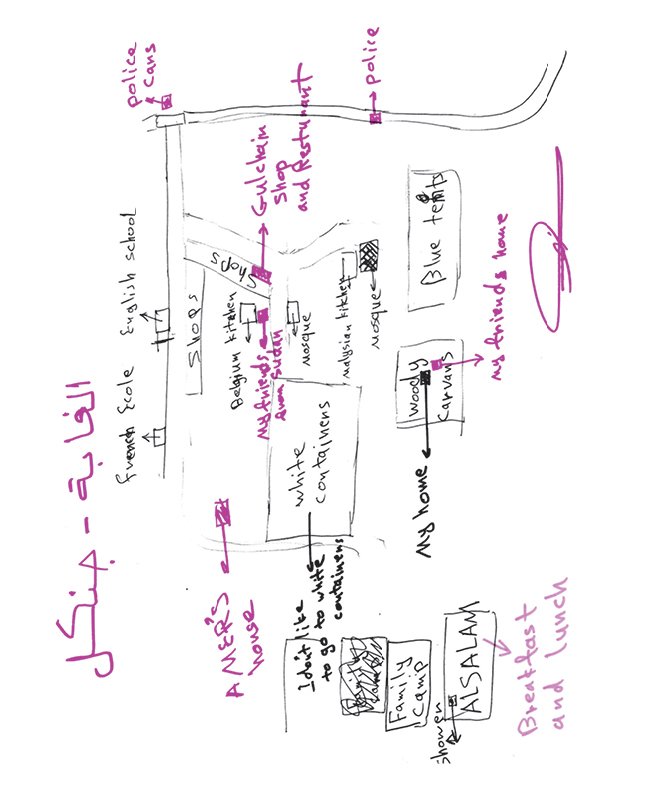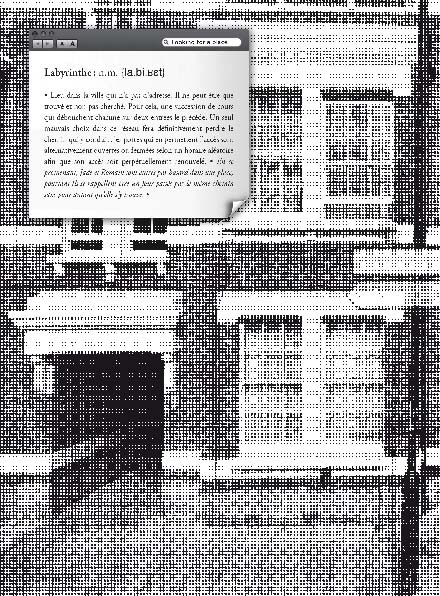Interzones sud-américaines, par Cocco Giuseppe et Clarissa Naback
Au-delà du Sud et du Nord Au tournant du nouveau siècle, l’Amérique latine était vue comme le laboratoire de la résistance à l’hégémonie néolibérale : le Forum social mondial de Porto Alegre faisait contrepoids au Forum économique mondial de Davos. L’arrivée au pouvoir de gouvernements dits « progressistes » semblait transformer le laboratoire en un nouveau modèle de … Continuer la lecture de Interzones sud-américaines
Généalogie du gouvernement Bolsonaro
Les deux hélicoptères de la guerre brésilienne, par Cocco Giuseppe
La stratégie de la multitude au Chili
Entre biopolitique de l’hibernation et nécropolitique, par Alejandro Donaire-Palma
Pourquoi Lucho et David ont remporté les élections en Bolivie ?, par Pablo Solón
Le MAS1 a remporté les élections présidentielles boliviennes du 18 octobre 2020 dès le premier tour. Les résultats officiels du Tribunal suprême électoral donnent une victoire écrasante à Luis Arce et David Choquehuanca, avec 55,1% des voix contre 28,3 à Carlos Mesa de la Comunidad Ciudadana (CC), arrivé en second, soit 28,3 points d’écart. Le … Continuer la lecture de Pourquoi Lucho et David ont remporté les élections en Bolivie ?






